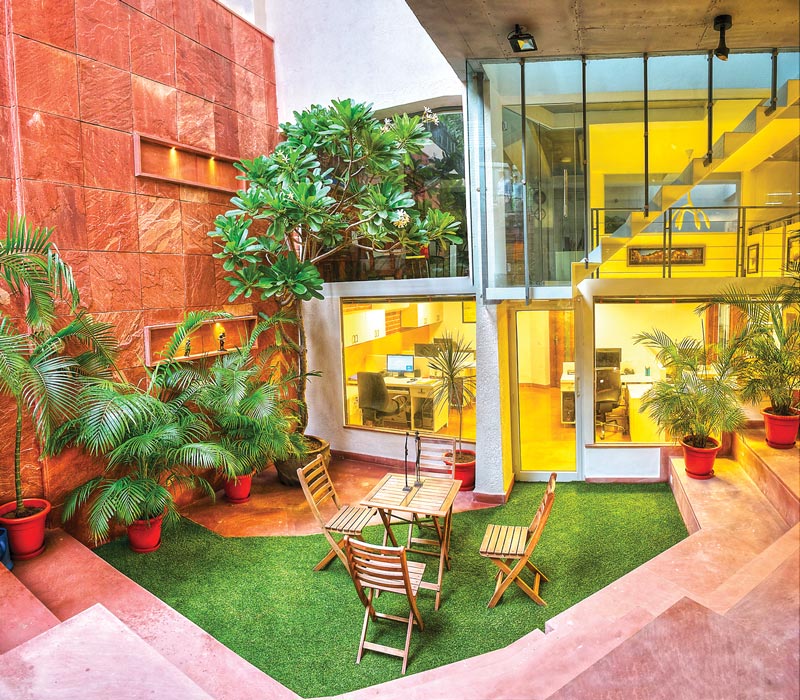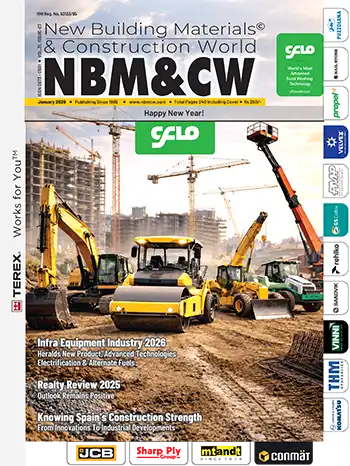
The world has been witnessing a significant shift in the economy, environment and technology. These in turn affect the social, morphological, technological, environmental and spatial aspect of architecture. As a response to the ever-increasing demand for habitable spaces, modern materials like glass and steel, which are pioneers of international style, can be seen. At the same time, the global concern for reducing the embodied energy and eventually reducing the carbon content has called for an urgent need for sustainable design and practice, hence, revisiting the basic traditional materials, like stone, bamboo, mud, timber etc.
“Buildings should be extensions of the environment and their 3-D form should depend upon the properties of the material”, as quoted by Frank Lloyd Wright on organic architecture in 1908. The arguments in support of the use of traditional materials are a consequence of the properties of these materials. The ease of maintenance, sustainability, durability, versatility along with low cost and nature of availability encourage the use of traditional materials. But the questions about the strength and availability of artisans using this technology continue to be a drawback for the use of these materials in high-rise construction.
Use of traditional materials has evolved a rich cultural identity for vernacular and thematic architecture.
Materials like stone and wood are versatile in nature, hence, are widely used in modern construction. Stone blends well with the natural landscape and can easily be recycled for other building purposes. Stone is available in many shapes, sizes, colours and textures, allowing it to be a favourite material amongst architects. Wood (which is forest certified) being the oldest material after stone is widely used for construction as it can be fabricated into an infinite variety of sizes and shapes.
 Office of The Design Consortium in New Delhi
Office of The Design Consortium in New DelhiIn present day, glass, steel and concrete are considered to be symbols of progress, power and modernisation.
The use of these materials has been increasing as they offer flexibility in space planning. These materials make it possible to have large spans with open floor plan. As against traditional materials, they also make construction process faster. But the extensive use of glass and steel is restricted due to the climatic condition of the place. International movements, globalisation and modernisation have always influenced Indian Architecture thus creating a slight drift from the indigenous materials. As traditional materials have restrictive use in high-rise construction and require skilled labour, therefore, in contemporary construction, these materials are used as complimentary materials in cladding, flooring, roofing, plastering and painting and even interiors.
Even though innovative building materials like glass, steel and composite materials have taken over the construction industry, traditional materials have been trending in their expression, contrasting in their textural and humane quality with that of modern materials.















